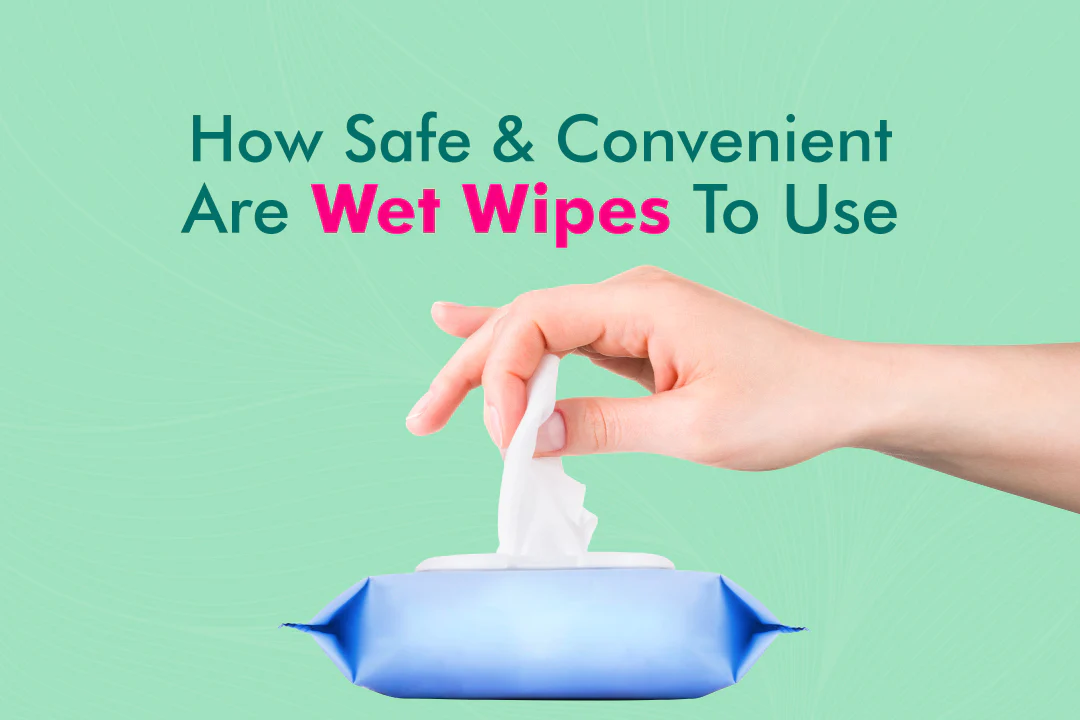
Identifying the safety of wet wipes involves analyzing their ingredients, understanding their composition, and ensuring that they meet safety standards. Here’s a guide to help you evaluate the safety of wet wipes using their formula and ingredient list:
1. Check the Ingredients List
Active Ingredients: Look for ingredients that are known for their disinfecting properties, such as:
Isopropyl Alcohol: Effective disinfectant when used at 70% concentration or higher.
Benzalkonium Chloride: A common antiseptic that is effective against bacteria and viruses, but concerns exist about overuse leading to resistance.It is a good cationic surfactant when used within the scope permitted by regulations.
Preservatives: Common preservatives include:
Phenoxyethanol: Considered safe in small concentrations (less than 1%).
Methylisothiazolinone (MIT) and Methylchloroisothiazolinone (MCI): Can cause allergic reactions; should be used with caution.An increasing number of countries have banned the use of this product in wet wipes.
Fragrances and Dyes: Artificial fragrances can cause skin irritation for some individuals, and certain dyes may have safety concerns.
2. Assess the pH Level
The pH level of wet wipes can influence skin safety. A neutral pH (around 7) is generally best for preventing skin irritation. Highly acidic or basic pH levels can lead to skin issues.
Some wipes are formulated specifically for sensitive skin and are often pH balanced.
3. Evaluate Skin Sensitivity
Hypoallergenic Claims: Products marketed as hypoallergenic are designed to reduce allergens and irritants. However, this is not a guarantee that no reaction will occur.
Dermatologist Tested: Wipes labeled as dermatologist-tested indicate that some assessment has been conducted regarding their safety on skin. However, the level of testing may vary by brand.

4. Understand Toxicity Levels
Review the Safety Data Sheets (SDS) for any potentially harmful ingredients to identify toxicity levels and potential health effects.
Websites like the Environmental Working Group (EWG) databases can provide safety assessments and hazard scores for individual chemicals.
5. Check for Biodegradability
Investigate if the wipes are biodegradable. Wipes that are not biodegradable and contain plastics (like polyester or polypropylene) can contribute significantly to environmental waste.
6. Regulatory Compliance
Ensure that the product complies with relevant safety regulations, such as those set by:
U.S. FDA (Food and Drug Administration) for antiseptic claims.
EPA (Environmental Protection Agency) for disinfectant claims.
European Regulations for cosmetics and consumer products.
Look for certifications, such as USDA Organic or ECOLOGO, which can suggest adherence to safety and environmental standards.

7. User Reviews and Reports
Research user reviews and reports concerning adverse reactions. This can give insight into any safety concerns that have arisen from regular use.
8. Manufacturing Information
Check if the manufacturer is reputable and has a history of adhering to safety standards. Brand transparency regarding ingredient sourcing and levels of any harmful substances is also vital.
9. Do a Patch Test
If you are particularly sensitive or have a history of skin reactions, conduct a patch test:
Apply a small area of the wipe to the skin and observe for any adverse reactions within 24 hours.
Conclusion
By carefully examining the ingredient list, considering pH balance, and evaluating regulatory compliance, you can better determine the safety of wet wipes. Always prioritize wipes with clear ingredient labels and those that avoid potentially harmful components for peace of mind and safety.







 English
English
 USA
USA
 西班牙语
西班牙语
 俄罗斯
俄罗斯
 葡萄牙
葡萄牙
 印尼
印尼
 巴基斯坦
巴基斯坦
 尼日利亚
尼日利亚
 孟加拉
孟加拉
 墨西哥
墨西哥
 越南
越南
 日本
日本
 韩国
韩国

